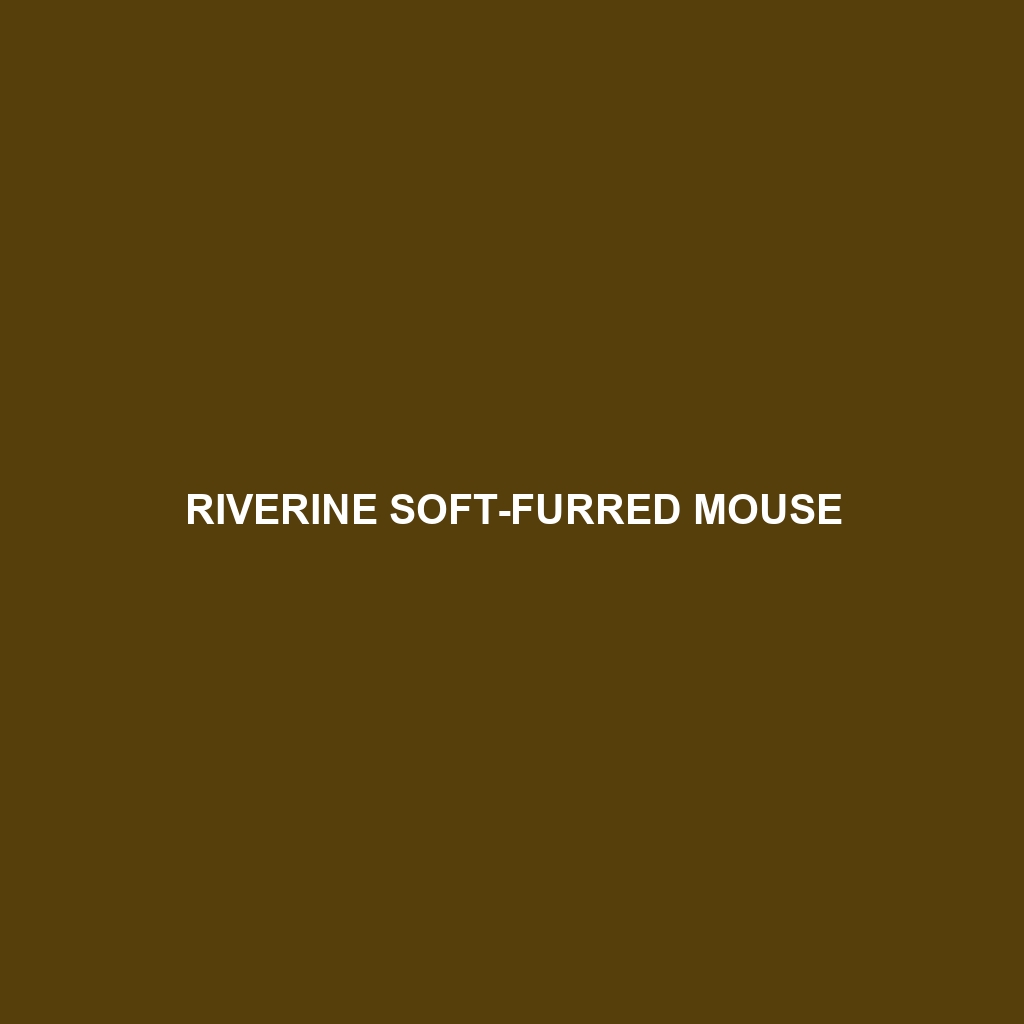Common Name: Nimba White-toothed Shrew
Scientific Name: Aschwandenia nimbae
Habitat:
The Nimba White-toothed Shrew is primarily found in the Nimba Mountains located on the border of Guinea and Côte d’Ivoire in West Africa. This species thrives in montane forests and grasslands, typically at altitudes of over 1,000 meters. The unique habitat offers a combination of dense vegetation and moist conditions, which are essential for the species’ survival.
Physical Characteristics:
The Nimba White-toothed Shrew is a small mammal, measuring approximately 10 to 12 centimeters in body length, with a tail length that is slightly shorter than its body. This shrew features a distinctive white-toothed jaw structure, which is notable for its bright white incisors contrasting against its greyish-brown fur. Its elongated snout, small eyes, and compact body shape are characteristic of the shrew family, adapted for a life of burrowing and foraging in dense underbrush.
Behavior:
Typically a solitary creature, the Nimba White-toothed Shrew exhibits nocturnal behavior, predominantly being active during the night. It is known for its quick and agile movements, relying on its keen sense of smell to hunt for insects and other small invertebrates. Despite its small size, this shrew can be quite territorial, often marking its surroundings to ward off others.
Diet:
The diet of the Nimba White-toothed Shrew primarily consists of a variety of invertebrates, such as beetles, earthworms, and caterpillars. It actively forages in the leaf litter and soil for food. This species is also known to consume small fruits and seeds when available, making it an opportunistic feeder that plays a vital role in the ecosystem by helping control insect populations.
Reproduction:
The reproductive habits of the Nimba White-toothed Shrew are not extensively documented; however, it is believed that the breeding season occurs during the warmer months. Females typically give birth to two to six offspring after a gestation period of about three weeks. The young are born blind and helpless, relying entirely on their mother for nourishment and protection until they are fully weaned at approximately three weeks of age.
Conservation Status:
Currently, the Nimba White-toothed Shrew is classified as “Endangered” due to habitat loss and degradation resulting from agricultural expansion and deforestation in its native region. Conservation efforts are crucial to preserving this unique species and its montane habitat.
Interesting Facts:
One fascinating fact about the Nimba White-toothed Shrew is its ability to adapt to high-altitude environments, demonstrating remarkable resilience. Additionally, this species is endemic to a small geographic area, making it an important subject of study for understanding biodiversity in the Nimba Mountains.
Role in Ecosystem:
The Nimba White-toothed Shrew plays a pivotal role in its ecosystem by acting as both a predator and prey. By feeding on various insects, it helps regulate insect populations, while also serving as a food source for larger predators in the food chain. Its existence contributes to the ecological balance of the montane forests it inhabits.
